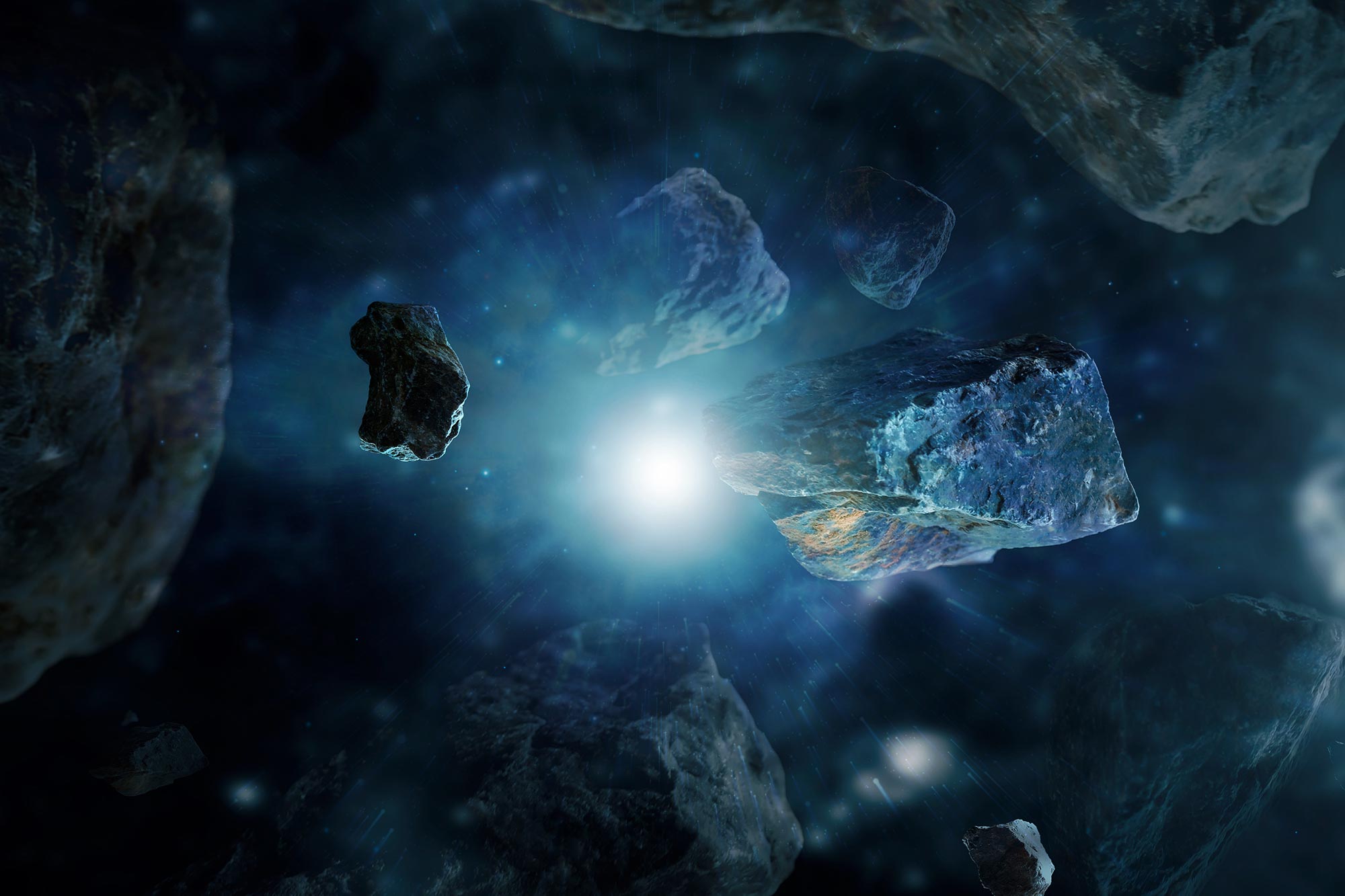
The majority of stars in the universe will become luminous enough to blast surrounding asteroids into successively smaller fragments using their light alone, according to a University of Warwick astronomer.
Electromagnetic radiation from stars at the end of their ‘giant branch’ phase – lasting just a few million years before they collapse into white dwarfs – would be strong enough to spin even distant asteroids at high speed until they tear themselves apart again and again. As a result, even our own asteroid belt will be easily pulverized by our Sun billions of years from now.
...Read More






Recent Comments